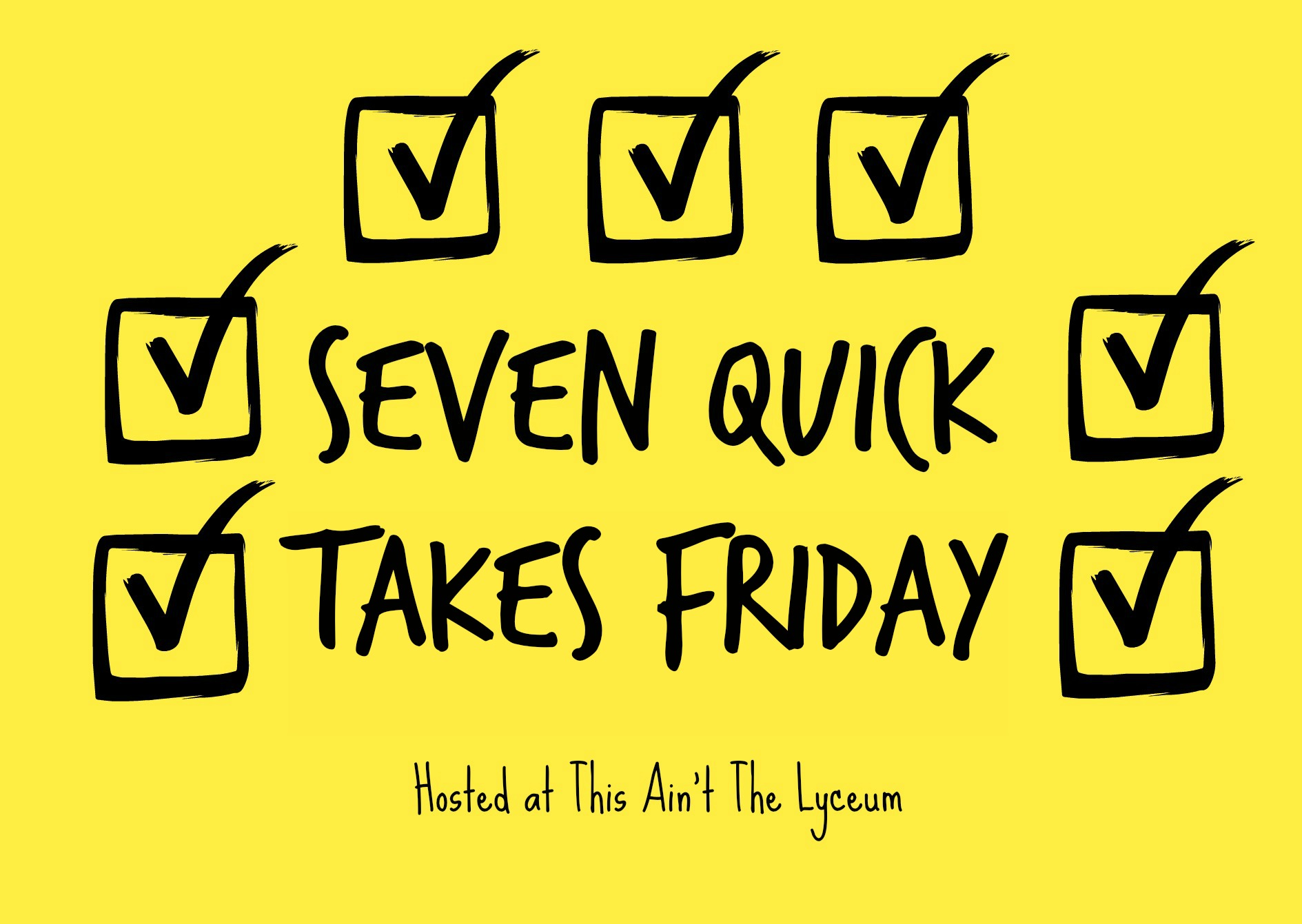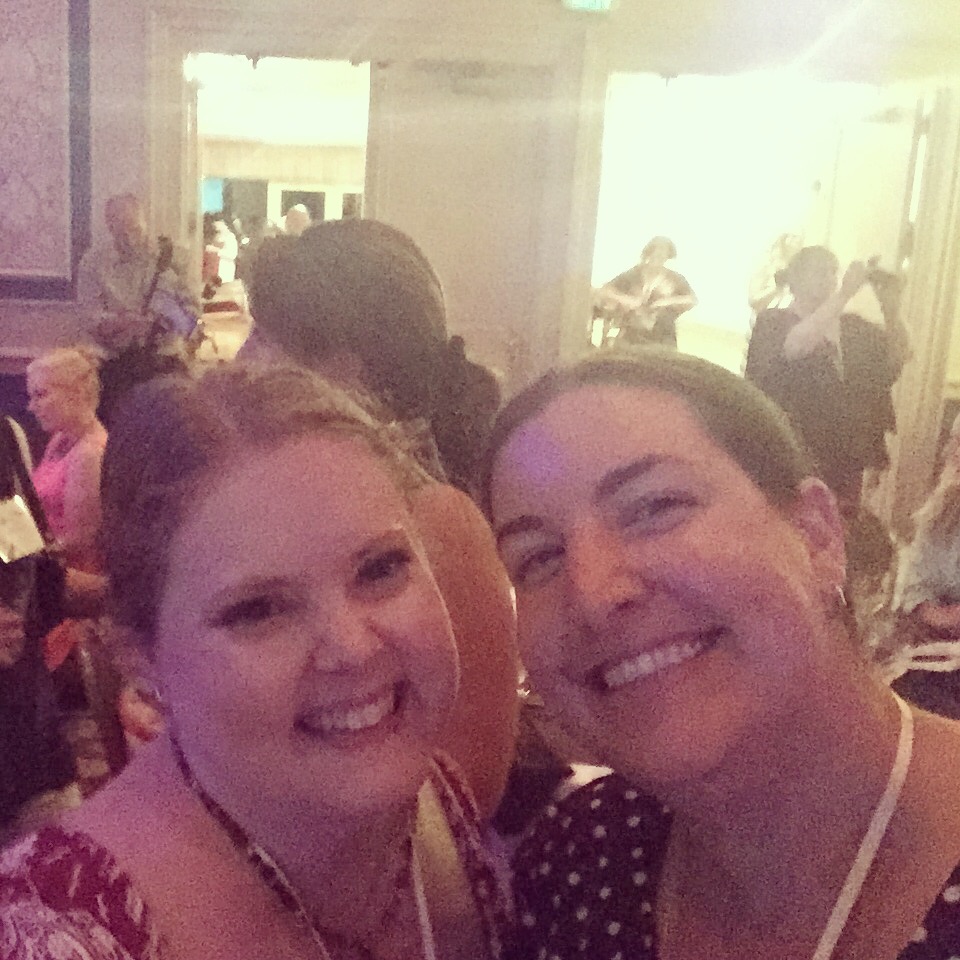Although I don't generally call myself this, I'm a disabled American. (And no, I don't use a wheelchair.) The Americans with Disabilities Act (ADA) made my life a lot easier before transplant--but post-transplant, I see a lot of places where it needs some work. The Act is 25 years old, so it's a good time to think about this.
I'm inspired to write about this because most people, when they think about the ADA, think about people who are mobility-impaired--mostly, people in wheelchairs, or who use crutches or canes, or people who are blind. But let's think about people who are Deaf or hard-of-hearing, and people who have respiratory or heart problems. Let's broaden our scope.
Pre-transplant, I used a handicapped placard for my car. I came upon it rightfully, because the amount of distances I could walk, especially after my stint in the ICU my sophomore year of college, was very limited. Walking around my college campus could be difficult, especially with my backpack full of books. But if you looked at me, I didn't "look" handicapped. I looked fine. I also had about 20-25% lung function.
Lesson 1: Don't judge someone's handicapped status by the way they look.
I was very grateful for elevators in my lecture halls, and in other places. There was no way I was going to be climbing lots of stairs (just ask my friend Chris, who had to carry me up the last few flights of the Empire State Building when we visited NYC during Christmas break our senior year. Yeah. Let's all be glad I only weighed about 95 pounds at that time.). My high school also had an elevator--which I never used, but it was good that it was there for students who broke legs or ankles. My elementary school wasn't accessible at all, and students who couldn't go up and down stairs had to be carried by their parents to their classrooms. Not great.
Even post-transplant, I still used my placard. When I went back to work four months post-transplant, I was still working only half days. I still looked sort of sick--my skin was very pale, I was extremely thin, and my hair hadn't developed the healthy sheen it has now. If you cared to look at me closely, you'd have noticed that I was either sick with something, or recovering from something. Since I worked at the Statehouse, we had Highway Patrol officers that provided security for us, including patrolling the garage. I never paid them much attention to them until one stopped me as I went to my car, shortly after I had returned to work.
"Is this your car?"
"Yes."
"Why is it parked in a handicapped spot? Are you handicapped?" The tone in the officer's voice indicated that he didn't think I was.
"I just had a double lung transplant."
There are few things more satisfying than watching people realize they've just had a major Foot in Mouth Moment.
Now, I don't have one anymore. Now I walk across the parking lot with all the rest of you. But let's please remember that there are many invisible disabilities. Arthritis? Check. CF? Check. Autoimmune disease in general? Check. Epilepsy? Check. Diabetes? Check. Etc.
(also, little side note: CF can cause arthritis. Yeah. That's a fun little holiday treat, as they say in Family Man. One of my friends has terrible CF related arthritis. Mine was not as bad as hers, and there were still days when my joints were so tender and so painful that the thought of putting any pressure on them--the though of even standing--was out of the question.)
Let's talk about my life now.
I have a cochlear implant.[ It is only by sheer dumb luck, or God prompting, that I took two years of American Sign Language in high school. I can use it if I have to. Normally, I don't. But I can.] There are so few accommodations for Deaf and hard-of-hearing people!
Marcus Theatres is the only cinema chain around here--and I live in one of the largest cities in the U.S.--that provides captioning for every movie it shows. AMC doesn't (AMC is our other big local chain). When I want to see a movie, it has to be at the local theater, and if it's not showing there, I can't go, because I won't understand it. Apparently, AMC doesn't think that Deaf people or people like me might like movies.
The system I use at Marcus is called Captiview. Marcus has about five of these systems and all I have to do is ask for one at the box office. It's easy to use and it's not distracting to others. They can't see the light from the captions (My friends and family have tried to read the captions when we're at the movies, and it's only if I turn it to face them that they can). Sure, it's a bit unwieldily to carry around in the multiplex, but it works. I love movies, and now I can go out and watch them in the cinema like everyone else. I get to see movies, movie theaters get my money! Yay! But if all movie theaters provided captioning, I could see a broader range of movies--and I'm lucky that the theater that is closest to me provides this service. And they're not a nationwide chain. They're Midwest-based and only in states like Ohio, Wisconsin, Illinois, and Indiana. So if you live somewhere else, then I hope your local theater has something similar, or you're out of luck.
Some cable channels aren't captioned. YouTube videos, or online videos? No captions except "automatic" ones, which are about as useful as captions in Swahili to me. Warner Brothers, especially, incurs my wrath, because they do (Pardon my French, here) half-assed captioning. When I watch The Wizard of Oz and the captioning automatically comes on, it doesn't translate word-for-word. It gives a summary of what the character is saying.
Lesson 2: Deaf and Hard of Hearing People Like TV and Movies. Please caption things for us--COMPLETELY!
Seriously--the next time you watch anything from Warner Brothers, turn on the captioning, and you'll see what I mean. I know they're leaving words out, because I can hear the dialogue. (Not understand all the dialogue. There's a difference.)
Some DVDs don't even have functioning captions. What is that about, guys?
Captioning like this isn't covered by the ADA. The only thing that must be captioned are channels that receive federal funding. Well, thanks.
Normally, I'm a small government person. But this is ridiculous. Provide a basic service that is inexpensive (see the Captiview site I linked to--that's one of the selling points for their technology), easy to use, and not at all inconvenient to other patrons.
Another area that needs work? The phone. People, not everyone who is Deaf or hard of hearing has a TTY. I don't have one. I don't know how to work one. But if a website provides chat services, I'm fine. We can communicate just great. I use email most of the time because if you call and talk to me, you will sound like Charlie Brown's teacher, unless I know your voice really well. (Meaning, you're my parent. And even then....)
AAA, for example: when I got a flat tire a few years back, I couldn't call them. I had to text my Dad to have HIM call them to come help me. It was ridiculous. Can't we come up with an app that will allow texting to contact services? This is the 21st century. We have apps for everything. Or not even an app--a number that could be reached via text message.
This is especially true in health care. Oh my gosh. When I have a call with a case manager, my mom or dad has to sit and translate for me, because the case manager can't email me. It HAS TO BE over the phone. What? What sort of sense does that make? If you don't want to email, then set up a chat window on a website, like my bank has, or like many shopping sites have. If Bobbi Brown Cosmetics and the Disney Store can have a chat interface, then medical and insurance companies can, too. Don't they ever think they might be working with a person who has a hearing disability?
The law did a lot of good things, but there are plenty of things that still need work, especially in the realm of hearing, as I hope I've shown you.
Tomorrow I'm going to write about accommodation in a place where you'd think it should be second nature--churches.




























































